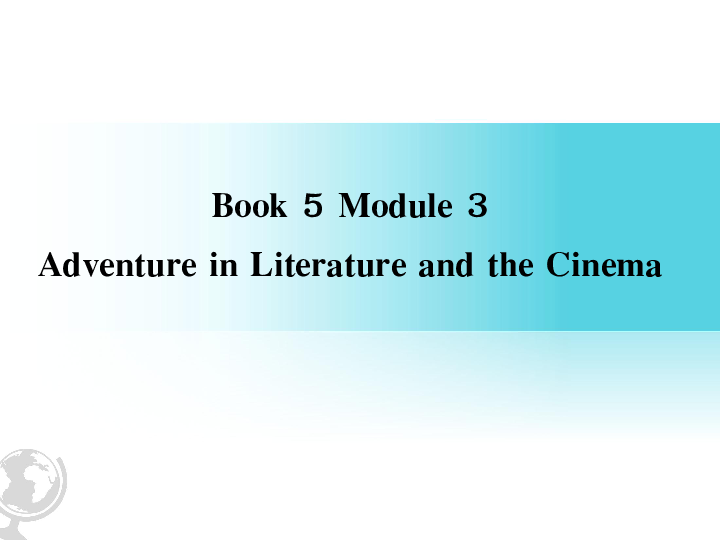and a detailed description that complies with SEO standards:
---**Acceleration and Motion of a Cart: Understanding Constant Nonzero Acceleration Dynamics**In the realm of physics, the study of motion under the influen……
---
**Acceleration and Motion of a Cart: Understanding Constant Nonzero Acceleration Dynamics**
In the realm of physics, the study of motion under the influence of constant nonzero acceleration is a fundamental concept that has practical applications in various fields, including transportation, engineering, and sports. This article delves into the principles governing the motion of a cart that travels with constant nonzero acceleration, providing insights into the dynamics involved and the mathematical equations that describe these phenomena.
To begin with, let's define what we mean by constant nonzero acceleration. Acceleration is the rate of change of velocity over time. When acceleration is constant and nonzero, it implies that the velocity of the cart changes at a steady rate over time. This can be visualized as the cart either speeding up or slowing down at a consistent pace, depending on the sign of the acceleration.
The equation of motion for an object under constant acceleration is given by the following formula:
\[ s = ut + \frac{1}{2}at^2 \]
where:

- \( s \) is the displacement,
- \( u \) is the initial velocity,
- \( a \) is the acceleration,
- \( t \) is the time.
For a cart traveling with constant nonzero acceleration, this equation provides a way to calculate the distance covered by the cart over a given period. By rearranging the equation, we can also determine the final velocity of the cart after a specific time interval.

The relationship between velocity and time under constant acceleration can be expressed by the following equation:
\[ v = u + at \]
Here, \( v \) represents the final velocity of the cart after time \( t \). This equation indicates that the final velocity is the sum of the initial velocity and the product of the acceleration and time.
One of the key aspects of studying motion with constant nonzero acceleration is analyzing the forces acting on the cart. According to Newton's second law of motion, the force acting on an object is equal to its mass multiplied by the acceleration it experiences. For a cart with a constant nonzero acceleration, this relationship can be expressed as:
\[ F = ma \]

where \( F \) is the force applied to the cart, and \( m \) is the mass of the cart.
Understanding the dynamics of a cart traveling with constant nonzero acceleration is essential for various applications. For instance, in automotive engineering, this knowledge is crucial for designing vehicles with optimal performance characteristics. Similarly, in sports such as track and field, understanding the principles of acceleration can help athletes improve their technique and performance.
In conclusion, the study of motion under constant nonzero acceleration is a fascinating area of physics with practical implications across multiple domains. By understanding the underlying principles and applying them to real-world scenarios, we can gain valuable insights into the dynamics of moving objects. Whether it's designing efficient transportation systems or enhancing athletic performance, the principles of constant nonzero acceleration play a pivotal role in achieving our goals.
This detailed description should help in improving the SEO performance of the article while providing valuable information to readers interested in the topic of cart motion with constant nonzero acceleration.